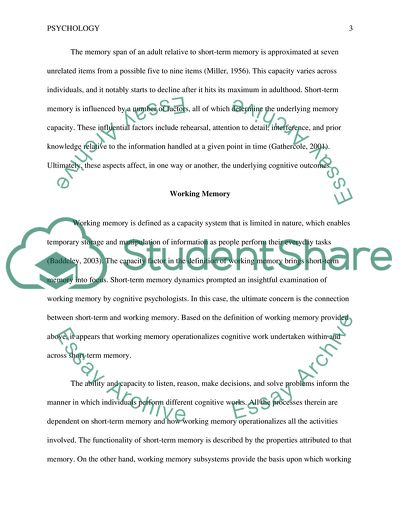Cite this document
(Discuss the relationship between short-term memory and working memory Essay, n.d.)
Discuss the relationship between short-term memory and working memory Essay. https://studentshare.org/psychology/1799417-discuss-the-relationship-between-short-term-memory-and-working-memory
Discuss the relationship between short-term memory and working memory Essay. https://studentshare.org/psychology/1799417-discuss-the-relationship-between-short-term-memory-and-working-memory
(Discuss the Relationship Between Short-Term Memory and Working Memory Essay)
Discuss the Relationship Between Short-Term Memory and Working Memory Essay. https://studentshare.org/psychology/1799417-discuss-the-relationship-between-short-term-memory-and-working-memory.
Discuss the Relationship Between Short-Term Memory and Working Memory Essay. https://studentshare.org/psychology/1799417-discuss-the-relationship-between-short-term-memory-and-working-memory.
“Discuss the Relationship Between Short-Term Memory and Working Memory Essay”. https://studentshare.org/psychology/1799417-discuss-the-relationship-between-short-term-memory-and-working-memory.


